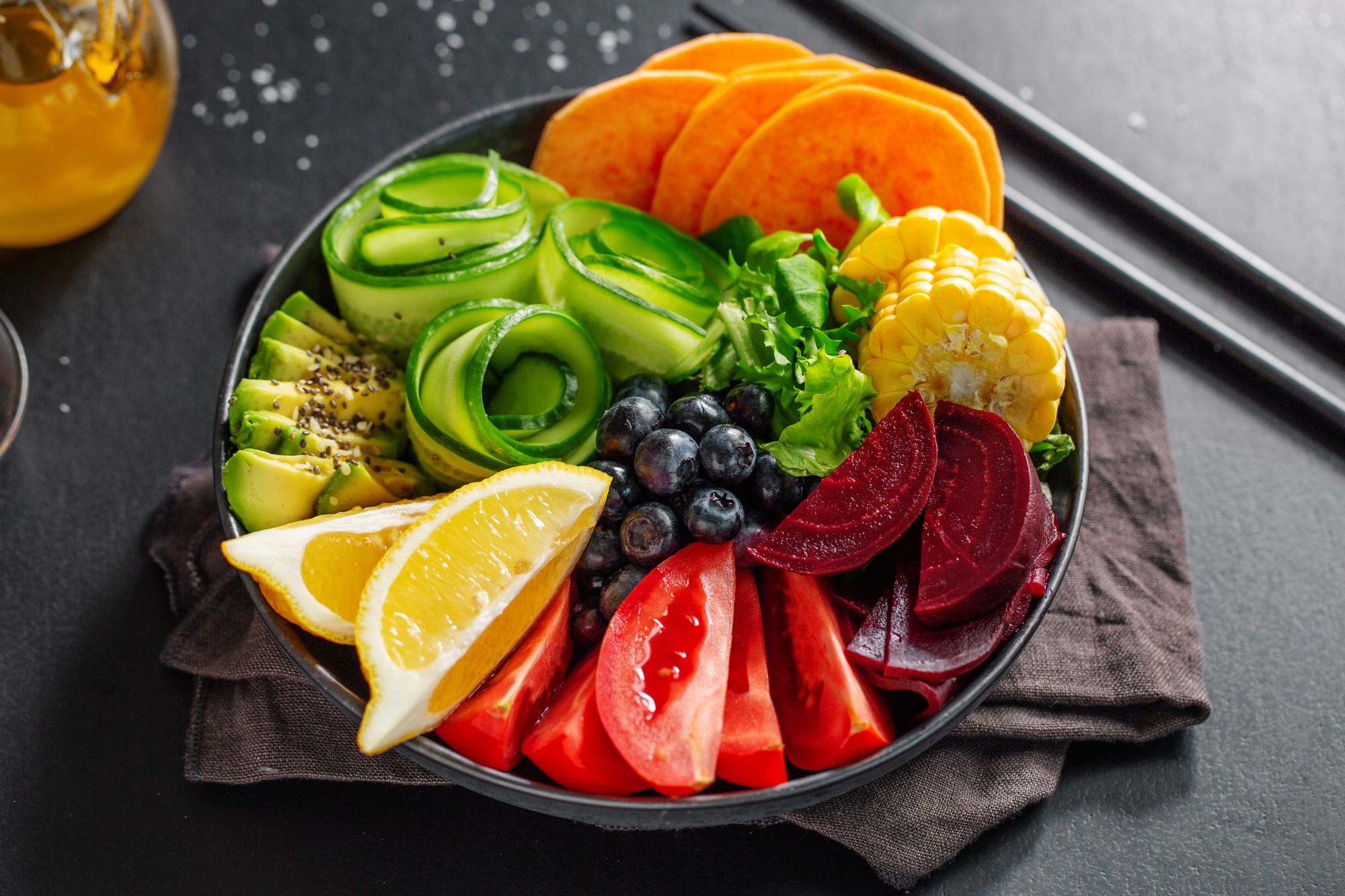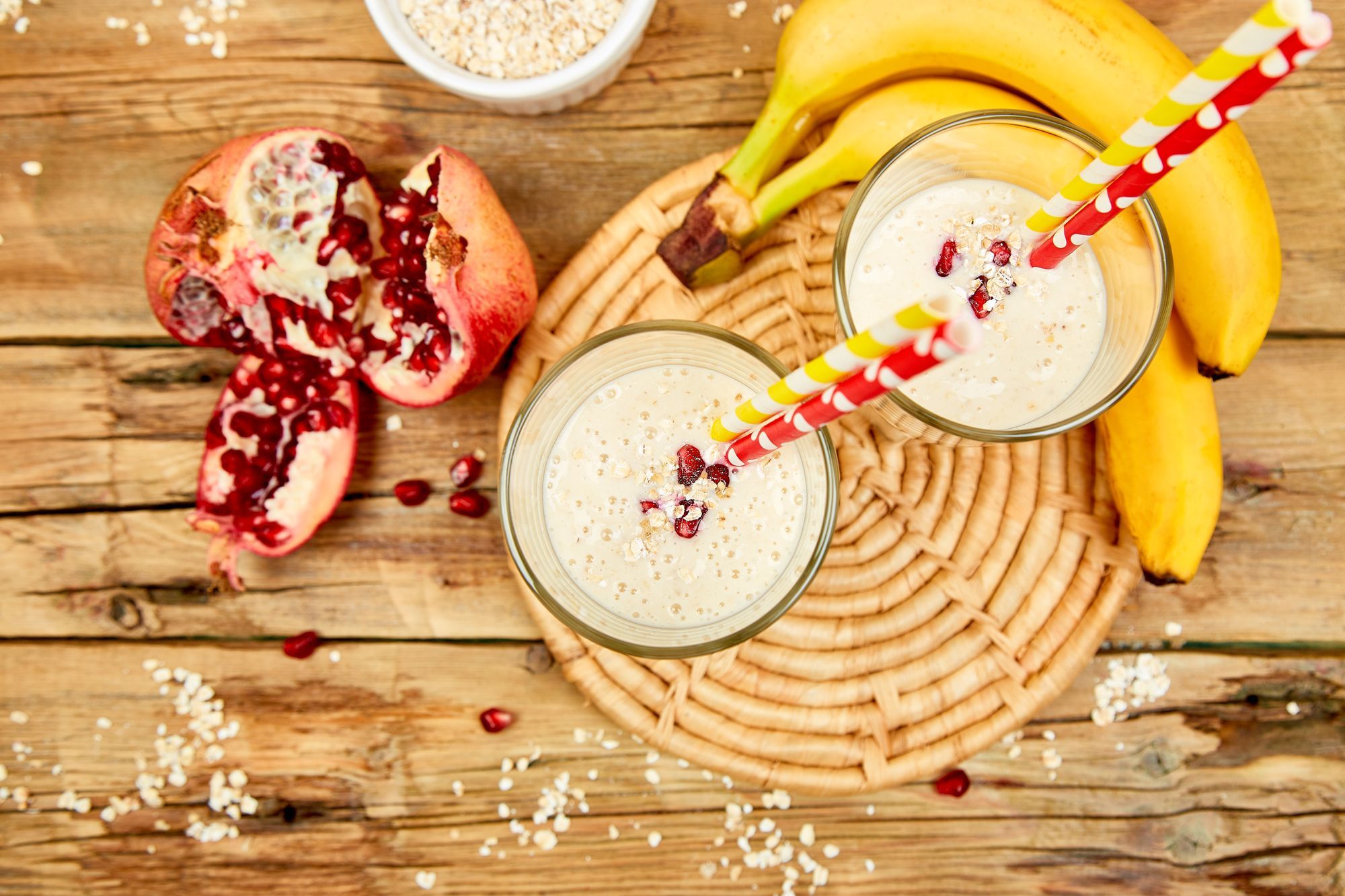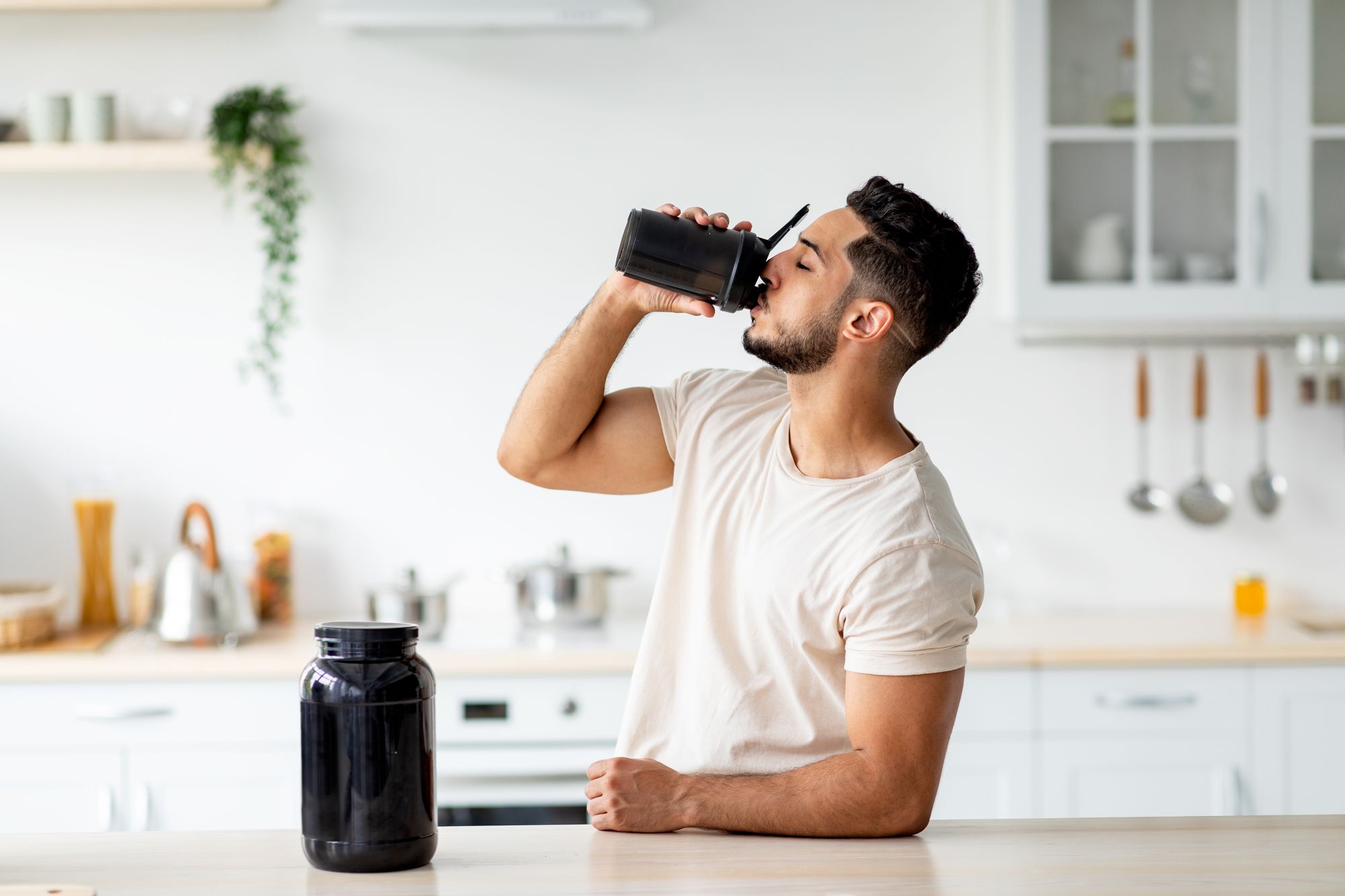How To Create Delicious Vegan Meal Plans That’ll Help You Crush Your Fitness Goals

Last week, we published this article, “How To Create Delicious Meal Plans You’d Eat for a High Protein Diet”, and promised that we'd follow up with a vegan-friendly version. Well, here's us fulfilling it!
Continue reading for a step-by-step guide on creating vegan meal plans that’ll advance your fitness goals no matter what they may be—weight loss, muscle gain, or body recomp.
#1: Think: protein first
Regardless of your fitness goal, protein will take “priority” over the 2 other macronutrients (i.e., you’ll have to build your meal plans around your protein intake). That’s because it’s:
- Highly satiating (especially beneficial for people trying to lose weight): There are 3 ways you could create a calorie deficit to lose weight: 1) cut down on your food intake, 2) increase your physical activity, or 3) eat less AND move more. All 3 options are likely to increase hunger—which may cause you to overcompensate in your food intake. This, imaginably, brings you out of a deficit. Protein helps prevent this tragedy by keeping you fuller for longer.
- Crucial for muscle repair and growth (beneficial for all fitness goals): Protein provides your muscles with the building blocks (i.e., amino acids) they need to repair tears and get bigger post-exercise. This is fantastic news for anyone trying to put on muscle mass. But what about those who're trying to lose weight? Muscle mass maintenance helps you keep your metabolism high—so you burn more calories at rest.
So, how much protein should you eat? This depends on your body weight:
👉 If you’re more than 5 kg away from your target weight: Multiply your target body weight (in kg) by the optimal protein intake, 1.6 g/kg to 2.2 g/kg.
#2: Choose your vegan proteins carefully
At this stage, you can quantify the amount of protein you need to eat daily. So, what do you do now? Can you mix and match vegan protein sources as you wish until you hit your target number?
Answer: no.
That’s because you also need to account for the fact that plant-based protein sources are often considered “inferior” to animal-based ones according to the following benchmarks:
👄 Digestibility: Refers to the proportion of amino acids from a protein source that can be digested, absorbed, and used for protein synthesis. Animal-based proteins tend to have a higher digestibility than plant-based proteins.
📊 Amino acids profile: Many vegan proteins aren’t complete proteins. That means they’re low in at least 1 or 2 essential amino acids.
In light of that, you’ll have to do 2 things to get the most out of your vegan proteins:
- Choose complete proteins: This means they contain adequate amounts of all 9 essential amino acids. Examples include quinoa, buckwheat, soy, mycoprotein, seitan, and chickpeas.
- Eat a variety of plant-based proteins: As mentioned earlier, many vegan protein sources are low in 1 or 2 essential amino acids. But there’s good news: different plant-based protein categories have different amino acid profiles. For example, legumes lack methionine and cysteine, while grains, nuts, and seeds tend to be low in lysine. So, if you were to eat both, you'd pretty much get adequate amounts of all 9 essential amino acids.
#3: Get inspired by delicious vegan meal plans online
You’re almost ready to create your own vegan meal plans! First, though, you’ll have to determine your optimal meal frequency.
Psst: you can find out how to do so here:

But for now, I’ll assume that you:
- Need to eat 100 grams of protein daily, and
- Are splitting that over 4 meals
This likely means you’ll be eating the following meals:
- Breakfast (Meal #1)
- Lunch (Meal #2)
- Mid-afternoon snack (Meal #3)
- Dinner (Meal #4)
And now, here comes the exciting bit: searching for recipes that'll advance your goals.
Remember what we said about choosing high-quality protein sources and ensuring a good variety!
Examples of vegan meal plans
Breakfast
- Vegan Breakfast Burrito Tofu Scramble (15 grams of protein)
- Hummus Toast (19 grams of protein)
- Greek Chickpeas on Toast (19 grams of protein)
Lunch
- Quinoa and Black Bean Chilli (15.2 grams of protein)
- Shiitake Seitan Burger with Kimchi Mayo (13 grams of protein)
- Baked Falafel Sandwiches (15.7 grams of protein)
Mid-afternoon snack
- High Protein Black Bean Lime Dip (23 grams of protein)
- Homemade Peanut Butter Protein Bars (16 grams of protein)
- Creamy Cashew Milkshake—Chocolate Style (17.2 grams of protein)
Dinner
- Mexican Quinoa Stuffed Peppers (14.4 grams of protein)
- Vegan Enchilada Casserole (13.3 grams of protein)
- Vegan Sweet and Sour Chickpeas (11.3 grams of protein)
Once you have a list of recipes you like, come up with a combination you like:
- Breakfast: Hummus Toast (19 grams of protein)
- Lunch: Baked Falafel Sandwiches (15.7 grams of protein)
- Mid-afternoon snack: High Protein Black Bean Lime Dip (23 grams of protein)
- Dinner: Mexican Quinoa Stuffed Peppers (14.4 grams of protein)
- Total: 72.1 grams of protein
Wait. 72.1 grams of protein only? Well, if you come up short, that’s where protein shakes come in to save the day!
Find more information on protein shakes below:


#4: Tweak vegan meal plans according to your goals
But hang on—you’ve only got the protein side of it down.
What about your fat and carbohydrate and, not to mention, overall calorie intake?
By the way, here’s how to distribute your macronutrients in a way that makes sense for you:

If your numbers don’t add up, you may find the following workarounds helpful:
- If you’re extremely low on protein (that you have to supplement with >2 protein shakes daily): Increase the protein portion (e.g., use 300 grams of tofu when cooking, instead of 150 grams)
- If you exceed your calorie budget: cook with less oil, opt for low-fat vegan meal plan options, and cut down on your carbohydrate budget (note: you can even consider doing the ketogenic diet)
Takeaway
Awesome. You're now armed with all the knowledge you need to adapt any vegan meal plan you see online to your personal fitness goals. That said, remember that nutrition is only part of it.
You’ll also have to supplement your efforts in the gym with smart training. And if you need help with that, GymStreak can help.
This AI-powered personal trainer app can help tailor your workout plans to your:
- Fitness goals
- Lifting experience
- Ideal training frequency AND
- Equipment availability
Here’s a preview of what it can do for you:
Train Smart, Too.
Because you can't just eat a high-protein diet—and expect your muscles to grow.
References
Anthony, J. C., Yoshizawa, F., Anthony, T. G., Vary, T. C., Jefferson, L. S., & Kimball, S. R. (2000). Leucine stimulates translation initiation in skeletal muscle of postabsorptive rats via a rapamycin-sensitive pathway. The Journal of Nutrition, 130(10), 2413–2419. https://doi.org/10.1093/jn/130.10.2413
Berrazaga, I., Micard, V., Gueugneau, M., & Walrand, S. (2019). The Role of the Anabolic Properties of Plant- versus Animal-Based Protein Sources in Supporting Muscle Mass Maintenance: A Critical Review. Nutrients, 11(8), 1825. https://doi.org/10.3390/nu11081825
Cava, E., Yeat, N. C., & Mittendorfer, B. (2017). Preserving Healthy Muscle during Weight Loss123. Advances in Nutrition, 8(3), 511–519. https://doi.org/10.3945/an.116.014506
Craig, W. J., Mangels, A. R., Fresán, U., Marsh, K., Miles, F. L., Saunders, A. V., Haddad, E. H., Heskey, C. E., Johnston, P., Larson-Meyer, E., & Orlich, M. (2021). The Safe and Effective Use of Plant-Based Diets with Guidelines for Health Professionals. Nutrients, 13(11), 4144. https://doi.org/10.3390/nu13114144
Hertzler, S. R., Lieblein-Boff, J. C., Weiler, M., & Allgeier, C. (2020). Plant Proteins: Assessing Their Nutritional Quality and Effects on Health and Physical Function. Nutrients, 12(12), 3704. https://doi.org/10.3390/nu12123704
Moon, J., & Koh, G. (2020). Clinical Evidence and Mechanisms of High-Protein Diet-Induced Weight Loss. Journal of Obesity & Metabolic Syndrome, 29(3), 166–173. https://doi.org/10.7570/jomes20028
Stark, M., Lukaszuk, J., Prawitz, A., & Salacinski, A. (2012). Protein timing and its effects on muscular hypertrophy and strength in individuals engaged in weight-training. Journal of the International Society of Sports Nutrition, 9, 54. https://doi.org/10.1186/1550-2783-9-54


